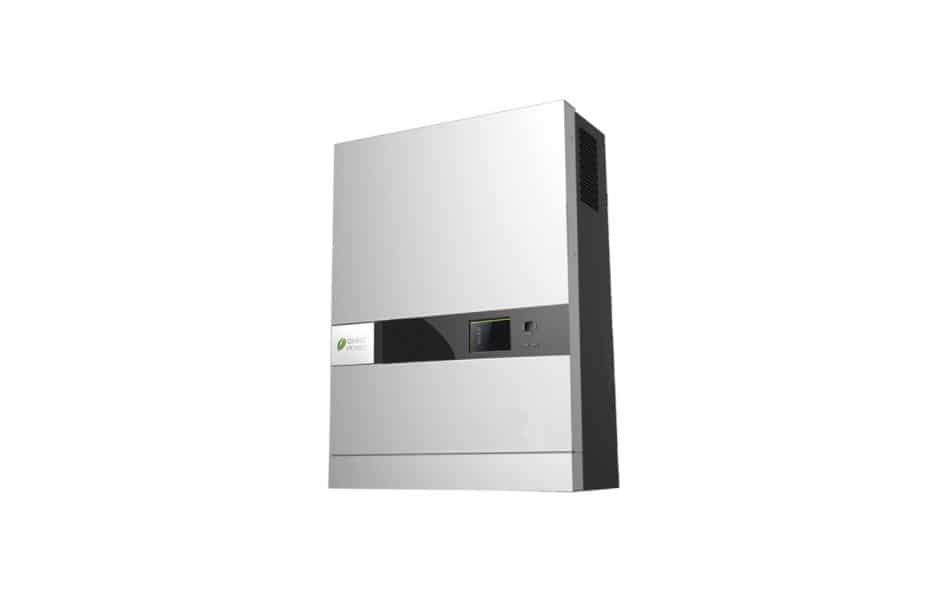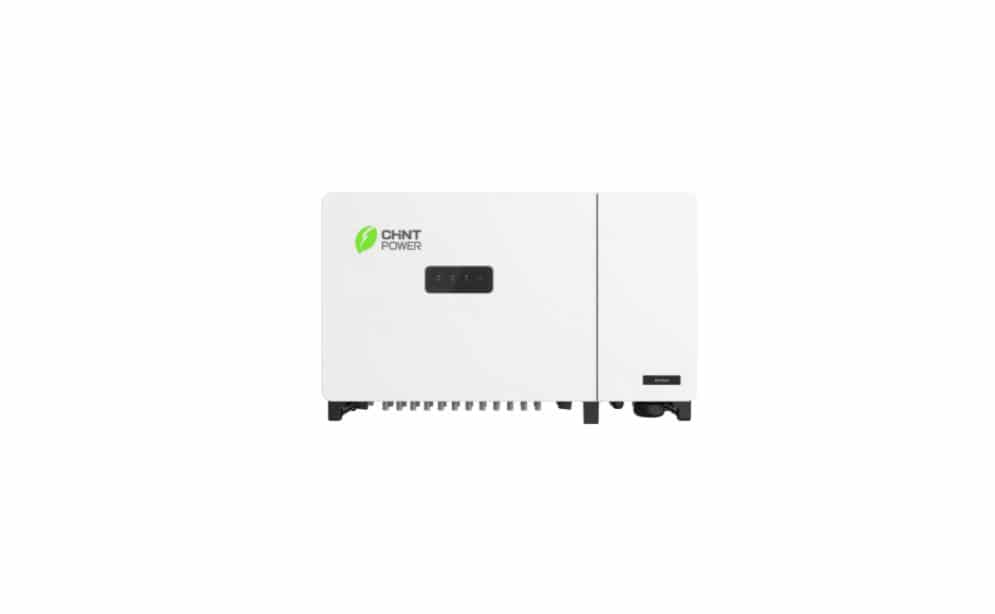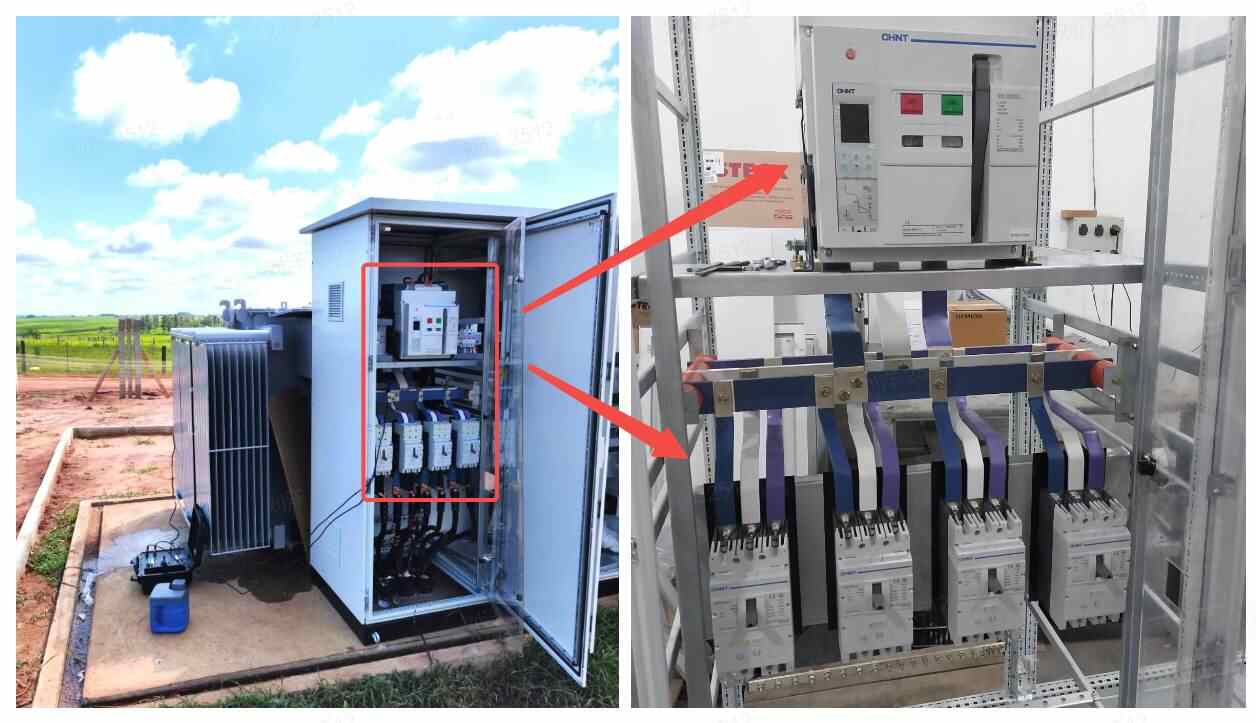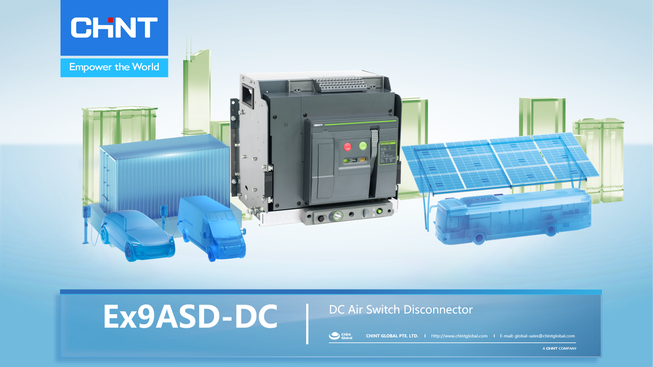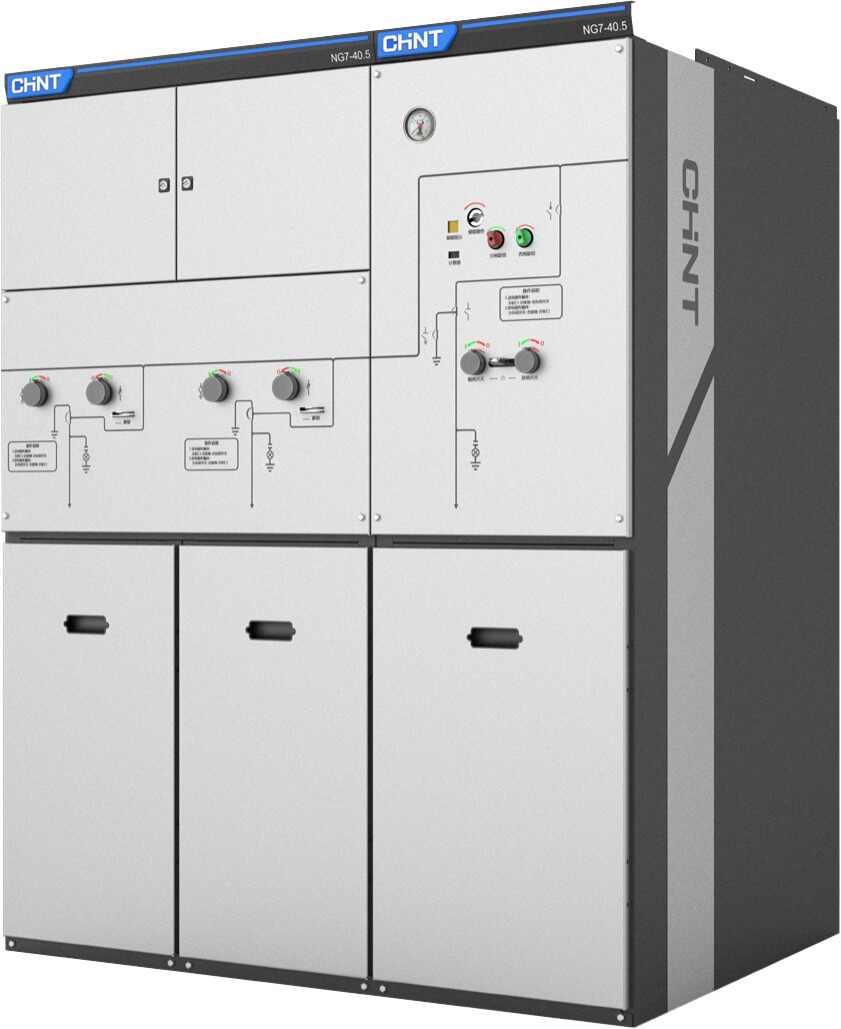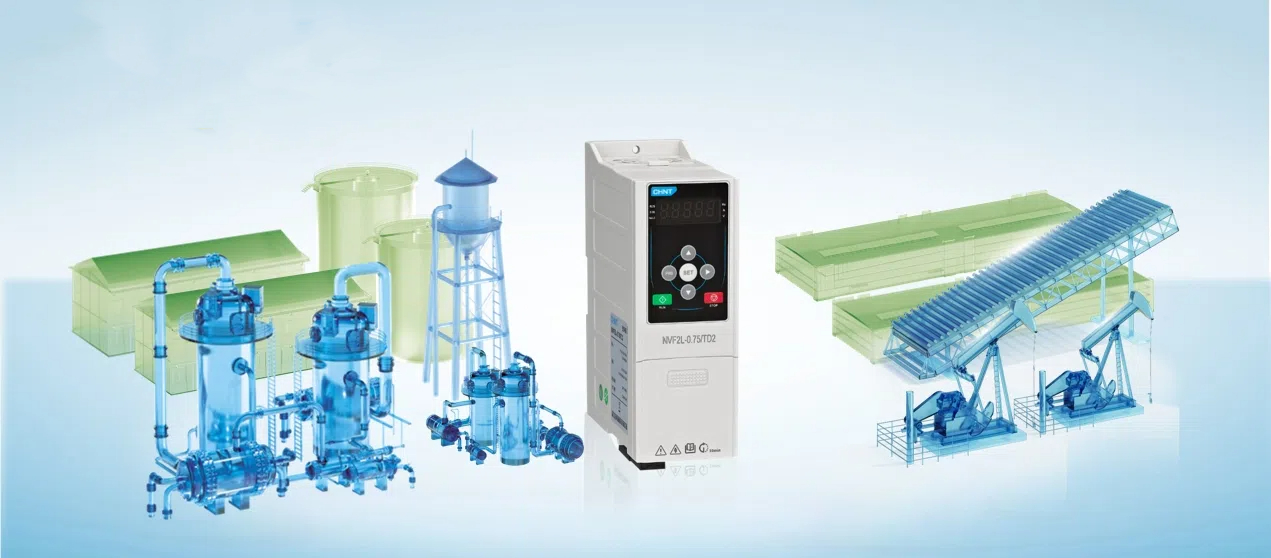Table of Contents |
What is a PV inverter?
Anyone can use photovoltaic solar panels to power an off-grid local electrical network or to feed electricity into a commercial electrical grid via an inverter that transforms the DC output to an AC frequency suitable for grid supply.
It is an essential part of the photovoltaic system’s BOS because it allows for the usage of traditional AC equipment. The maximum power point tracking and anti-islanding protection of solar power converters have been designed explicitly with solar arrays.
How Does A Solar Inverter Work?
A solar inverter is an essential component of any solar photovoltaic (PV) system used to power appliances that operate on alternating current (AC).
Domestic appliances and most industrial gear operate on alternating current (AC), which a solar converter converts from solar panels’ direct current (DC). IGBTs (integrated gate bipolar transistors) convert the direct current to pulses, which are then shaped into a sine wave by additional circuits.
Types of Inverters For Solar Panels
Solar inverters are offered in three configurations for homeowners. Power optimizers with an inverter are one form of string (or central) inverter, whereas microinverters are another.
Each type of solar inverter offers several distinct advantages and disadvantages. It’s critical to understand these distinctions and the advantages and disadvantages of each type of solar inverter before deciding which is best for your solar panel system.
Micro-inverters (Grid-tie)
Microinverters are the most recent generation of solar pv inverters, and they work by converting DC from the back of each solar panel straight into AC electricity. There is no need for a string inverter because each microinverter handles the DC conversion on-the-fly.
Pros
Individual panel darkening has a minimal effect on the overall system because each microinverter is responsible for converting DC to AC on that panel. A string inverter design would have the entire system produce less electricity when one panel is shaded, but this is not the case here.
You can add microinverters to your solar system at a later date with ease. Installing microinverters on the back of new solar panels is a must.
As with power optimizers, microinverters make it possible to monitor the solar system at the panel level, allowing any issues with the solar output to be discovered with greater ease and precision.
Cons
Microinverters are the priciest type of solar inverter. The advantages may easily outweigh the disadvantages, especially if shadowing is an issue in other circumstances.
Repairing or replacing a microinverter located on the back of each solar panel is more challenging.
String inverters (Grid-tie)
String inverters are the most prevalent type of solar inverter. One inverter connects a long string of solar panels, converting their output into AC power.
Pros
String inverters have been on the market for decades and have worked out most issues. These solar inverters are also the most cost-effective solution.
As an alternative, string inverters can be found near a ground mount or on the side of your home’s exterior wall. You can quickly inspect and repair or replace the inverter from here.
Cons
String inverters are dependable, but they don’t optimize solar energy output and other inverters. Because a string inverter is linked to a series of solar panels, even a small amount of shadowing will reduce the entire string’s power production.
On the other hand, the string inverters are only able to monitor the entire system, not individual panels. As a result, it can be problematic for individuals who desire a more granular degree of monitoring regarding solar production difficulties.
Hybrid inverters (Off-grid)
With this inverter, a battery is installed, and the inverters are set up. In addition to supplying the battery with DC power, the inverter also provides AC power to the grid and your home’s appliances.
Using MPPT can determine how much charge your battery needs and when it’s cost-effective to take that charge from the grid. When the battery is fully charged, you can use this charge controller to return any extra power to the grid. This inverter can go into standby mode rather than shutting down completely should a problem emerge.
What is right for you?
One solar panel may be better suited to your needs than another. A string inverter may be a suitable option if you seek a low-cost solar inverter. On the other hand, power optimizers or microinverters might be a better choice if your solar panels are at risk of being shaded.
Learn more about CHINT PV Inverter’s line of solar inverters today. In addition to providing a free solar study, their team of solar professionals can go through all the advantages and disadvantages.
Top Chint Products
CPS SC1.5-4.6kW Series
The CPS SC series of grid-tied PV power inverters may be used on a wide range of residential and business rooftops and some utility systems. Due to efficiency levels of up to 96.5 percent, customers receive significant returns on their electricity generation investments.
Due to its convection cooling architecture, extensive protective functions, and outstanding thermal design, the system has a high level of resiliency. Plug-and-play functionality and an intuitive user interface make setup and maintenance a breeze.
CPS SCA8-12kW Series
One of the world’s leading manufacturers of photovoltaic converters, Chint Power has a long history of innovation in this industry. As a consequence of our continual improvement efforts, Chint Power is announcing a new range of three-phase units: 10kW, 8kW, and 12kW PV inverters!
You may use it for various applications, including huge rooftops and utility-scale PV systems like wind turbines and solar panels. The conversion efficiency of these inverters has been increased to 98.3% from the previous generation.
They maintain the previous generation’s small size and high level of dependability. The inbuilt DC switch further improves the safety and reliability of the gadgets.
String Inverter CPS SCH275KTL-DO/EU
Low Initial Investment
Three-phase string series inverters have a standard configuration DC switch, an integrated DC combiner box, legal class ll lightning protection, and optional PLC/RS485 connectivity to meet the needs of a wide variety of clients.
Profitable
Three-phase string inverters have a maximum efficiency of 99.0 percent, a Euro efficiency of 98.5 percent, an MPPT efficiency of 99.5 percent, and a sophisticated topology design and internationally recognized device options that provide Whole Life Cycle Profitability.
Warranties on Maintenance
String inverters support remote monitoring, problem diagnosis, and software upgrades, and a 7*24H after-sales service ensures the inverter’s Whole Life Cycle maintenance.
Your Best Choice
Inverter selection is not a complicated process. Decide on a location for its use. Decide what kind of appliances you’ll be powering before buying a power supply. Determine how much power the inverter can handle. Is electricity quality important? Are weight and height relevant? This table can help you choose a suitable inverter and good solar PV Inverter supplier for your needs.
The next thing you need to do is find out what inverters are on the market. Look through brochures and catalogs, or speak with a salesperson at a local retailer. CHINT makes the best PV inverter and one of the great PV Inverter manufacturers. As a rule of thumb, it’s ideal for getting your equipment from a trained and experienced dealer/installer who can provide you with the best advice.





